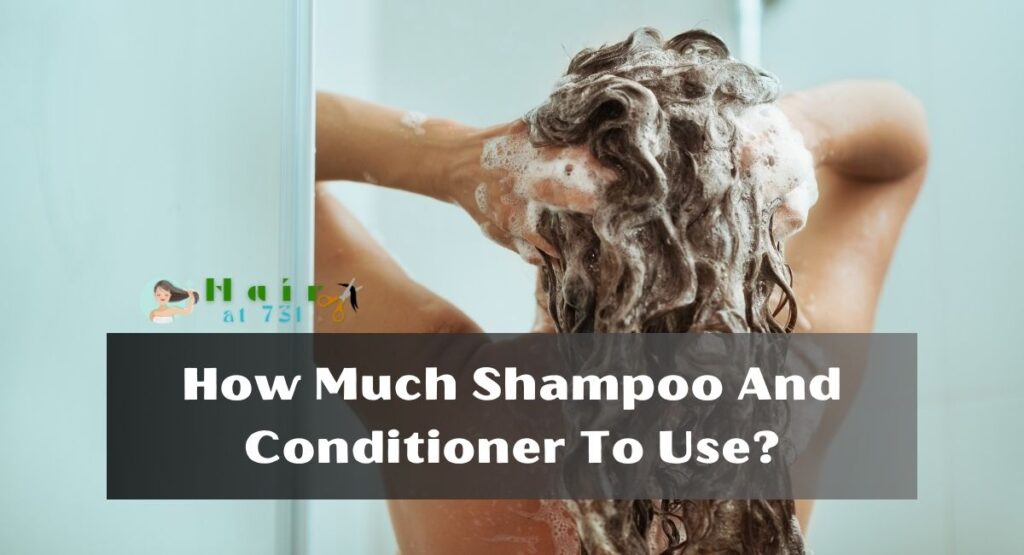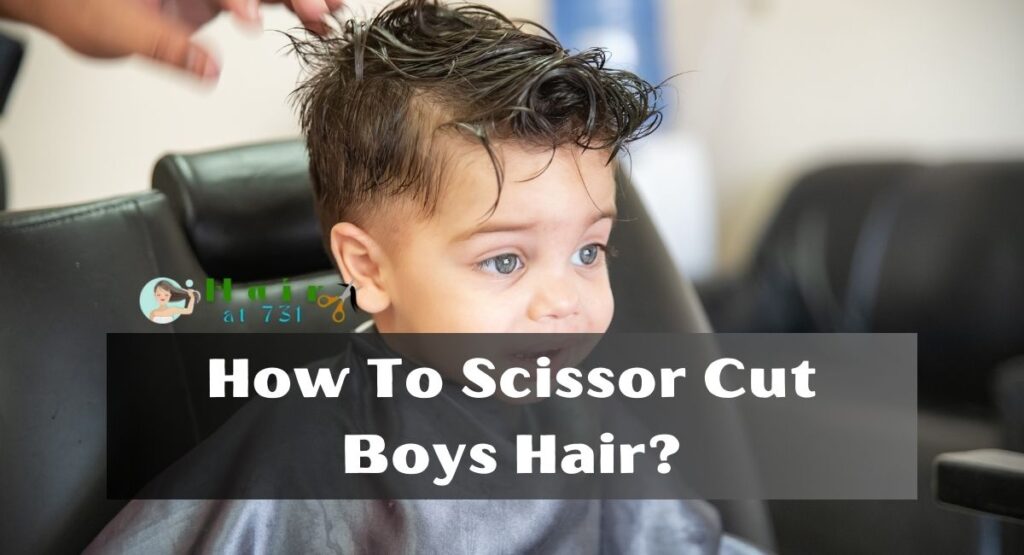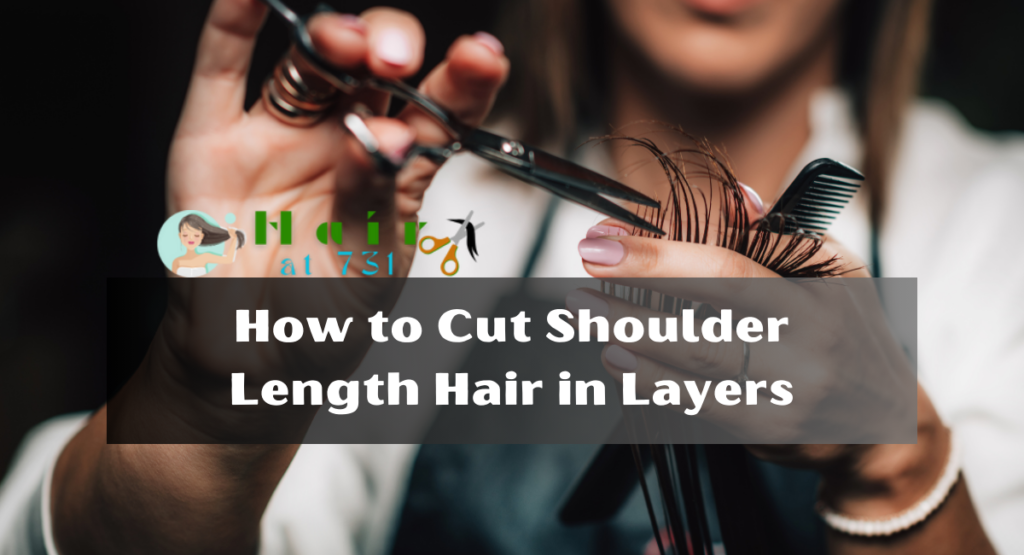Your hair and scalp may get overly oily when your glands create so much oil. Although too much oil on your scalp may seem harmless, it can clog pores and stop your hair follicles from growing regularly. In order to avoid losing your hair so quickly, you find techniques to make it so that it doesn’t seem greasy quickly.
How can I degrease my hair?
When you go to wash your hair and discover that the water doesn’t seem to remove all the oil, you know how aggravating it can be if you have oily hair. You end up with a head that is shining and fresh out of bed.
Individual differences in the amount of oil secreted by the scalp account for why some of us have flabby hair shortly after shampooing, while others can go an entire year without rinsing their hair.
Washing your hair isn’t always an option, especially if you’ve had a late night or are trying to retain your new hair color. There are numerous simple treatments for oily hair, so don’t panic.
Make use of dry shampoo
If your hair is starting to seem a little limp, spritz some dry shampoo along your part. Next, lift a few hair strands and spray the roots.
Massage the dry shampoo into your scalp to spread it around. Avoid immediately adding more because the effect might not be felt right away.
Give the oils 10 minutes to absorb. If you still feel greasy after that, spray away. Brush out the dry shampoo if you have straight hair; if you have curly hair, carefully massage it until any lingering white color disappears.
Baby powder is also a good option
Baby powder works well in place of dry shampoo if you are out. Place a tiny quantity strategically throughout your hair, then apply it like you would dry shampoo. Don’t use too much baby powder, especially if you have dark hair, as it is more difficult to brush or massage off.
Take some texturizing powder with you
Looking to get rid of some grease with a bit more panache? You should sprinkle a little amount of texturizing powder over your serving and gently rub it in. Your roots will have more texture, catch, and grip as a result.
Oil blotting sheets are worth a shot
If they work for your face, why wouldn’t they work for your hair? Use numerous sheets of blotting paper to complete the task by running them down your portion. Next, slightly tousle your hair to create more length.
Don’t forget to accessorize your hair
If you run out of hair-fixing supplies, think about using a hair accessory to cover up excess oil. You may look elegant while concealing oily roots with a thick headband, scarf, or cap.
Hairspray is a good option
If the strands are limp and lack texture and volume, hairspray can be used in a pinch to enhance volume and conceal oily roots. Use your hands to fluff your hair while you apply the product close to your scalp, adding more as needed.
Astringent goods, such as toner, are a good option
Products that are astringent, like face toner, can dissolve and remove oil. If you’re pressed for time, soak a cotton pad in toner and run it over your oily roots.
Due to the alcohol level, most of the extra oil should dissolve. However, be careful not to overuse this technique or you’ll experience the opposite issue: a dry scalp!
How do I keep my hair from becoming oily?
Do you struggle to maintain the cleanliness of your strands for more than a day or two? Use these suggestions to keep your hair clean and extend the time between washes.
Do not blow-dry your hair
Your hair will become oily very fast if you blow-dry it or otherwise apply heat to it. To keep your hair appearing fresher for longer, turn down the heat on your dryer or let it air dry.
Rinse well with cold water
Cold water tightens your pores and reduces the amount of sweat, sebum, and oil your skin produces. To ensure your scalp isn’t creating too much oil after you’ve washed your hair, thoroughly rinse with cold water.
Don’t mess with your hair
Like the rest of your body, the skin on your hands is covered in natural oils. You are slathering your strands with a lot of unneeded oil by running your hands through your hair every five minutes.
Wash your clothes less often
You’ll hear from some folks that this works. Some people would contend that it doesn’t. I personally believe in it because it has worked well for me.
My hair used to be a shiny, oily mess by the second day, so I used to wash it every other day. However, this wasn’t a long-term fix.
While I enjoy having long hair, it dries out quickly and develops split ends. I started washing my hair for longer periods, but now I only do it once a week.
How to Get Rid of Greasy Hair Without Dry Shampoo
Are you late for a party, and do you have oily hair? Thankfully, using dry shampoo to get rid of oily hair is not the only option. The top 9 tricks for getting rid of greasy hair when you’re pressed for time and can’t afford to be late are what we’re going to show you today. Without further ado, let’s start.
Astringent or toner
The fact that toners and astringents include alcohol is often unknown, yet it can be a lifesaver when your hair starts to look oily. Toners and astringents provide a sufficient amount of alcohol to quickly repair limp, oily hair. You can use the least expensive astringent to make it even better as long as the label indicates that it contains alcohol. We would like to point out that astringents can be bad for the skin. This is why using it as a modest hair cover is preferable to letting your hair soak in it.
Cocoa powder and cornstarch
Another wonderful technique that will make your hair seem amazing right away is cornstarch. If you have dark hair, you should add some cocoa powder to the mixture to help the cornstarch blend in more naturally with your roots. This looks fantastic on light hair. The finest part of this method is that it improves the appearance and fragrance of your hair.
Braided hair
You’ll be happy to know that there is an alternative way that doesn’t require any mystery “ingredients” if you don’t have cornstarch or an astringent on hand. Your hair will quickly look wonderful if you braid it at any time. Once you learn how to utilize braids, you won’t have to worry about greasy hair ever again. Braids are excellent for hiding unclean hair.
Bandana
Do you have so little time that you can’t braid your hair? Fortunately, there is a far simpler solution to conceal oily hair. With a headband, you may make the sticky hair look cute while concealing it. On the other side, your roots might stick out, so we advise using a glittery headband to “steal” all the focus away from them.
Hair Dryer
Did you know that blow-drying your hair will make it look as though it has just been washed? The secret to making this work is to properly blow dry your hair while also styling it with a comb. This will give the hair more texture and a “just-washed” appearance.
Honeydew nectarine
Using honey on your hair may seem a little unusual at first, but you have to try it to believe it. Applying the mixture to the roots after combining honey with a few drops of water. Now gently wash your hair, being sure to remove any residue from your oily scalp. Water makes sure that the honey is no longer sticky and that it gives your hair a wonderful lift. Flying insects will swarm you if you do this while participating in outdoor activities.
Tease the Bases
You get greasy hair when it becomes sticky at the roots. This will occur if you stop using a greasy scalp shampoo and stop washing your hair every day for a while. Even while adding honey to water won’t fix your roots, there is a quick and easy way to give your hair volume and cover up oily roots. Pick up little sections of your hair and, as you comb them, spray them with hairspray. Your hair will have the same volume after getting out of the tub when you blow dry it.
Bun with a Top Knot
You will only sometimes have enough time to put these strategies into practice. The messed-up top knot bun saves the day in this situation. This hairdo will give you a “messy” appearance, and the bun will give your hair enough structure to hide the oily roots. The messy top knot bun is an excellent weapon to have.
Papers for Blotting
Blotting papers are the final tip we’d like to share with you. These little things go a long way in concealing greasy hair. The oil from the roots might soak into the blotting paper when it is used to go over the scalp and roots.
Why is my hair so greasy when I just washed it?
It’s possible that your poor personal hygiene habits are at fault. Using too few or too many shampoos can result in oily hair. You should take a daily shower if you have oily hair. Your glands may overreact if you wash your hair more than once a day by producing additional oil to make up for the extra shampooing. One can prevent their hair from becoming greasy as readily by using a moderate clarifying shampoo and light, non-greasy hair products.
How do you train your hair to not be greasy?
Having to deal with greasy hair has probably irritated everyone at some point.
However, what if there was a technique to completely get rid of grease? There is one that some admirers of beauty think of as hair school. The idea isn’t entirely new, but it has gained popularity in recent years, particularly as the “no-poo” campaign has gathered momentum.
Hair training is a technique for cutting back on shampoo use to cut down on the amount of oils in the hair because the compounds in shampoo can lead to buildup and grease.
There are a few things you can do to make the transition smoother, even though the idea of weaning yourself off daily shampooing, which is what hair preparation is all about, might not be for everyone.
What exactly is hair conditioning?
The process of “training” your scalp to require no more than once weekly or no washing at all is referred to as “scalp training” or “hair training.”
Reducing the amount of times you wash your hair will return it to its normal, secure state, according to the premise that typical shampoos’ drying properties dry out hair strands.
The goal of hair training, according to Tonya S. Lane, a formulation chemist who specializes in natural hair care, is to make the hair less oily, including the scalp.
Is it effective?
Hair school, according to Dr. Trefor Evans, a cosmetic scientist and director of research at TRI-Princeton, is yet another fashion in beauty that lacks any supporting science.
“I think the first thing that comes to mind when you think of oily hair is the buildup of natural sebum on the surface of the hair and the scalp,” he claims. Each hair follicle on your head contains a sebaceous gland that secretes oil onto your scalp and hair.
According to Evans, “There is this thinking pattern that [sebum] is a natural conditioner, but it is created all the time.” Therefore, if you give it time to work, it will accumulate and make your hair feel pleasant. It will build up and leave your hair feeling greasy. It is a natural component of the body’s physiology, thus you can’t really change it.
The greatest suggestions for your hairstyle can be found below if you’re interested in giving shampooing your hair less frequently a go.
How often should I wash my hair?
The truth is that there isn’t a single answer that works for everyone. Your hair type and the amount of sebum your scalp produces, which varies from person to person, are the main factors that affect how often you wash your hair.
Even while most hair types, especially curly textures, don’t benefit from routine shampooing, the amount of sebum produced by your scalp is mostly influenced by your genetics and physiology.
However, many hairstylists concur that, depending on your hair type, how frequently you shampoo your hair may assist reduce oil buildup without damaging or drying out your hair’s natural and vital oils.
People who wash their hair five or more days a week are advised by Diaz-Santin, a well-known hair saint, to ease into it. See how you respond by cutting back on the number of workouts to four per week, then three, then two.
She also advises against taking a hot shower because it can dry up your scalp and stimulate the production of more oil by the sebaceous glands. Washing only once or twice a week might not be the ideal choice for you if you don’t see a difference after a few weeks.
What kind of shampoo to use
The proper shampoo must be used as well. Any scalp will become dry from using shampoos with abrasive detergents, which leads to an overactive scalp that produces more sebum.
Pick a gentle, soft shampoo, like Bumble and Bumble Gentle Shampoo. It not only thoroughly cleans but also has avocado oil, which keeps your hair and scalp moisturized.
As for scalp treatments, think about Briogeo Scalp Revival Charcoal + Tea Tree Scalp Treatment or Moroccanoil Oily Scalp Treatment.
Your hairstyle and hair preparation
According to Diaz-Santin, hair training can be advantageous for persons of various textures, especially if they adhere to a rigid and regular schedule. She says your hair will organically alter if you follow the same routine for two to three months.
If I have natural hair, how much do I wash it?
People with curly hair should only wash it once or twice a week. On the other hand, the texture and pattern of natural curls vary.
A shampoo that lathers while still moisturizing, like Rizos Curls moisturizing Shampoo, can be helpful for some persons with thinner textures and looser curl patterns.
Others with thicker, coarser, and kinkier textures can benefit more from washing their hair once a week with a co-wash or cleansing conditioner, such “As I Am Coconut Cleansing Conditioner,” which cleanses and nourishes hair without lathering.




